By Victor Kamenir
On April 1, 1811, one-eyed General Mikhail Kutuzov arrived in the Romanian capital of Bucharest to take command of Russia’s Moldavian army. The indecisive war with Turkey had dragged on now for five exhausting years. Each year, Russian and Turkish armies marched and countermarched around the fortresses on both banks of the Danube River. During the fiveyears preceding Kutuzov’s arrival, command of the Russian army had changed hands six times.
By early 1811, the clouds of war were once again gathering over France and Russia. After the Peace of Tilsit in 1807, the honeymoon between the two powers was over, and both countries were again massing troops on their respective sides of the Nieman River. Czar Alexander I’s instructions to Kutuzov were to bring the war against Turkey to an end as rapidly as possible and on acceptable terms. In anticipation of the upcoming conflict with Napoleon, the main Russian army was assembling in Lithuania, along the Polish border.
Shortly prior to Kutuzov’s arrival in Romania, five out of nine infantry divisions in the Moldavian army were recalled north to rejoin the main Russian army. This left Kutuzov with 27,000 infantry, 13,500 regular cavalry and Cossacks, and 4,500 artillery, plus a small rowboat flotilla on the Danube. This force was stretched thin defending more than 650 miles along the north bank of the Danube River, the border between Russian-occupied Romania and Ottoman-controlled Bulgaria.
Immediately after arriving in Bucharest, Kutuzov launched a flurry of activity reorganizing his forces, gathering supplies, and improving training. His efforts did not remain unnoticed by the Turks, and detachments from all over Turkey’s European possessions began to arrive on the Danube. Soon, close to 80,000 Ottoman troops under Grand Vizier Akhmed-Bey gathered opposite the main Russian force.
Kutuzov was ideally suited to lead the Russian army against the Turks. The majority of Kutuzov’s military career had been spent fighting the Turks. Mikhail Illarionovich Galinischev-Kutuzov (shortened to Kutuzov) was born on September 16, 1745, into a military family. Kutuzov began his career as an artilleryman, but his first active-duty assignment was as an infantry company commander. Soon, his daring and intelligence won him the patronage of influential General Alexander Suvorov.
Leading from the front, Kutuzov was shot twice in his right temple, the bullet exiting out of his right eye-socket on both occasions. After he was wounded in the head the second time, a British military observer with the Russian army wrote in his report, “They’ve shot Kutuzov again. That’s the last we’ve heard of him.” An ordinary man would have succumbed to just one such injury; Kutuzov survived both although afterward he was blind in his right eye.
Kutusov Knew the Turks Well
Kutusov distinguished himself in December 1790 during the bloody storming of the Turkish fortress of Izmail. His drive and intelligence served him well in the diplomatic arena as well. During his service as the Russian ambassador in Constantinople between 1792 and 1794, Kutuzov gained significant insights into Turkish society, politics, and the military. This knowledge, especially of Ottoman military strengths and weaknesses, would prove invaluable in the upcoming campaign.
Knowing that only the destruction of its field army would bring the Ottoman Empire to the negotiating table, Kutuzov began to gather his forces for the decisive campaign. Leaving 12 infantry battalions to garrison the Ruschuk fortress on the southern bank of the Danube, he concentrated the bulk of his forces nearby, on the northern bank near the Zhurzha fortress. In a plan known only to a few close aides, the one-eyed Russian general intended to draw the Turkish army after himself, wear it down in defensive fighting, and only then seek a decisive action in the field. Well aware of tumultuous relations between Ottoman provincial governors and the central imperial authority in Constantinople, Kutuzov made subversion and subterfuge a vital part of his strategy. Lt. Gen. A.P. Zass, commanding a division-sized detachment on the extreme right flank opposite the town of Viddin, received instructions from Kutuzov for some behind-the-scenes manipulations.
Zass’s primary mission was to prevent the Ottoman forces from using Viddin as a viable base for invasion into a Russian-held section of Romania, known as the Little Walachia. The grand vizier was planning just such an incursion into Romania, gathering up 400 boats of various sizes near Viddin for ferrying his forces across the Danube. A strong force of Turkish troops under Izmail-Bey was marching toward Viddin to make use of the boats gathered there.
The military commandant of Viddin fortress, a corrupt Ottoman official named Mullah-Pasha, was using a large portion of the boats to conduct a profitable personal trade up and down the Danube River. Knowing through his spies that Mullah-Pasha was currently out of favor in Constantinople, Kutuzov had Zass enter into secret negotiations with him. The Russians offered to buy the majority of the boats at Viddin if the Turkish official would conveniently place them within the Russian striking distance. Zass also informed Mullah-Pasha, quite fictitiously, that Izmail-Bey was bringing orders to execute him for graft. The strategy paid off handsomely. Not only did Mullah-Pasha secretly sell the portion of boats under his command to Zass, he also promptly informed the Russians about the Ottoman operational plans for the Viddin sector.
Ottoman Advance on Ruschuk
In the middle of June, the Turkish army numbering close to 60,000 men began to advance toward Ruschuk. Akhmed-Bey was well informed that the bulk of the Russian army was located on the northern side of the Danube and was expecting to deal with only the small Russian garrison of Ruschuk on the south side of the river. Unknown to him, upon learning of Turkish advance, Kutuzov recrossed the Danube with his main force and by June 19 began taking up positions roughly three miles south of Ruschuk.
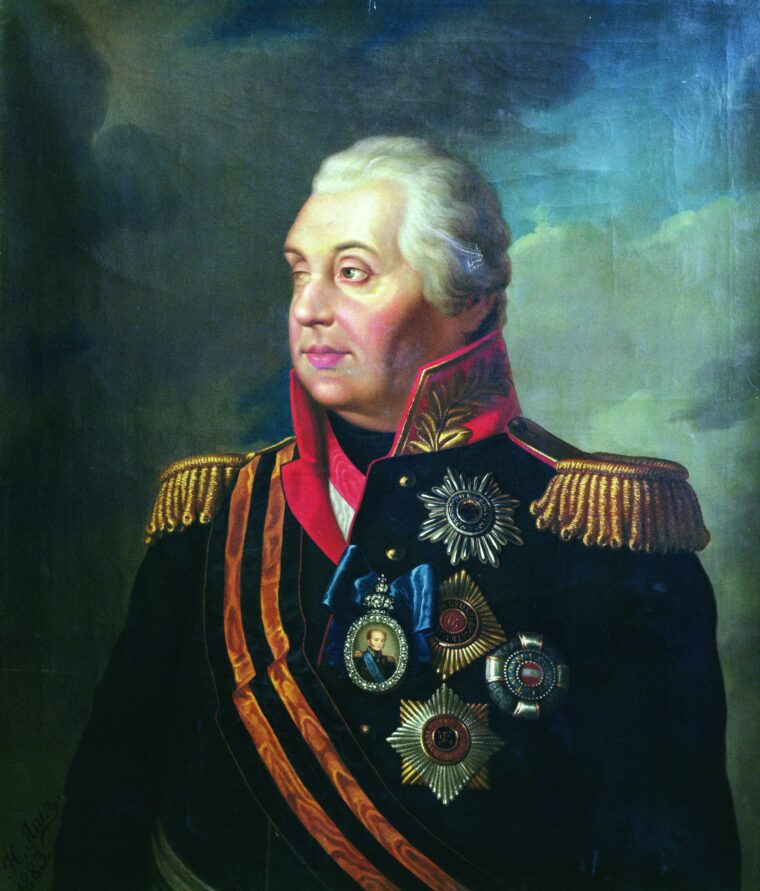
The two forces converging on each other were greatly unequal in numbers. Facing nearly 60,000 Turks, the 18,000-strong Russian force was divided into 32 infantry battalions, 40 regular cavalry squadrons, and three Cossack regiments. Only in artillery did the Russians have the qualitative and quantative advantage of 114 cannons versus 78 Turkish ones. In addition, while the Russian cannons were the modern field artillery pieces, the Turks employed mainly much older and bulkier cannons, unwieldy on a battlefield.
The area immediately south of Ruschuk was ill-suited for either defense or offense, with a multitude of ravines, orchards, and vineyards crisscrossing the hilly terrain. Kutuzov’s plans were to deploy his troops on a small, low plateau where his disciplined troops could negate the enemy’s numerical superiority. The Turkish commander, in turn, planned to work his forces around the Russian flanks, speedily capture Ruschuk and its bridges over the Danube, and, after pinning the Russian army against the river, force it into surrender.
Early in the morning on June 20, a strong body of Turkish cavalry, covered by a thick fog, charged the Russian pickets. Lt. Gen. Alexander Voinov, veteran of the Battle of Austerlitz, personally led forward a force of two cavalry regiments and four infantry battalions. After a sharp clash, the Turkish cavalry withdrew. The next day, both main forces began inching closer to each other. The Turkish force left its fortified camp and halted three miles in front of the Russians. The Russian commander, reinforced by six out of 12 battalions of the Ruschuk garrison, took to the field with his main body. The opposing armies spent the night arrayed in their battle formations.
Kutuzov’s Regimental Squares
The Russian army was deployed in three lines. Knowing that Akhmed-Bey would try to take advantage of his numerous cavalry, Kutuzov formed all 11 of his infantry regiments into squares prior to the start of the battle. Unlike the contemporary norm of battalion squares, the Russian commander formed his troops into large regimental squares. The first line consisted of five formations, the second line, four, all arranged in a checkerboard pattern for mutual support, with artillery deployed in the spaces between the squares. The third line of Kutuzov’s battle deployment was made up of five cavalry regiments under the command of Voinov.
Ottoman forces opened the battle at the first light on June 22 with an intense bombardment all along the line. A wave of Turkish cavalry launched itself simultaneously at both Russian flanks and the center. In an action reminiscent of Napoleon’s Battle at the Pyramids 13 years prior, the furious Ottoman cavalry charges were impotent in the face of European discipline and firepower. The unmovable Russian squares put up spirited musketry and blasted their attackers away with point-blank grape-shot volleys.
Even before the disordered survivors of the first charge retreated, the grand vizier launched the second attack. A strong body of Turkish cavalry, supported by infantry and artillery, advanced against the Russian right flank. While their cavalry and artillery frontally engaged the enemy, Turkish infantry began to work around the Russian right flank, skillfully using the cover of numerous gullies. Soon they were pouring their musket fire onto the two right-most Russian infantry regiments. Pinned down by the close proximity of Ottoman cavalry, the Russian Archangelski and Schlusselburgski Regiments had to remain in square formations, suffering heavy casualties from Turkish musket and cannon fire.
Observing that his right-hand regiments were being flanked, Kutuzov sent forward the 37th Jaeger Regiment with orders to extend the line. The 37th deployed into a thick skirmish line and, occupying a broken terrain of gardens and vineyards, opened up rapid and effective fire. After a short period of furious fire exchange, the Turkish commander on the scene in turn attempted to extend his line and outflank the 37th Jaegers on the right. The deadly game of leapfrogging could have ended badly for the outnumbered Russians, but the timely arrival of the Liflyandski Dragoon Regiment and one Cossack regiment tilted the balance in Russian favor. Closely following their cavalry, Russian musketeers and jaegers charged with fixed bayonets and succeeded in clearing the Turks from the orchards and gullies.
Russians Hold the Field
Despite the intense fighting on the right flank, these actions were merely a feint. Around 9 am, more than 10,000 Anatolian sipahis, feudal cavalry led by the capable commander Bosniak-Aga, launched an all-out attack on the Russian left flank. Ignoring casualties, the impetuous Turkish cavalry burst through both lines of Russian infantry squares and fell upon the Russian cavalry in the third line. The Belorusski Hussars and Kinburnski Dragoons bore the brunt of this attack and were routed. Exploiting their success, the Turkish cavalry split into two parts. One made straight for Ruschuk with all haste; the other veered left and began to threaten the Russian line from the rear.
Sensing the critical moment in battle, Kutuzov sent all the Russian cavalry under Voinov against the second part of the Turkish cavalry that broke through. Blasted by the musketry of the Russian squares and vigorously counter-attacked by Russian cavalry, the Turks gave way. After a series of running fights, the Ottoman cavalry was forced to take shelter behind a small hill on the Russian left flank where it tried to reorganize itself for another attack. At this moment, three Russian reserve infantry battalions in columns charged the hill. Supported by their own cavalry, the Russian infantry cleared the hill of Turks, inflicting heavy casualties on the milling Ottoman horsemen.
Following close on the heels of the retreating Turks, Kutuzov ordered a general advance, and the whole of the Russian line went forward. After clearing the field of the enemy, the Russian infantry stopped short of attacking the heavily fortified Turkish camp and returned to Ruschuk. Despite the fact that the 12-hour battle ended with both armies in essentially the same positions where they started, the Russians were justifiable winners in the struggle. Severely outnumbered, Russian forces had won the day through discipline and tenacity. Turkish casualties amounted to more than 4,000 killed, wounded, and taken prisoner, while Russian casualties came to roughly 800 men.
Crossing the Danube
During the next month, both sides continued to pull in their outlying detachments to bolster their main armies for the upcoming showdown. On his own authority, Kutuzov returned two infantry divisions already departed for the northern front. Knowing that Czar Alexander I wanted the divisions intact for the upcoming struggle against Napoleon, Kutuzov shifted them to the relatively quiet far left flank. After the two divisions were in position, he informed his monarch about this move, assuring Alexander that he would return them immediately should they be urgently needed up north. The czar approved Kutuzov’s move.
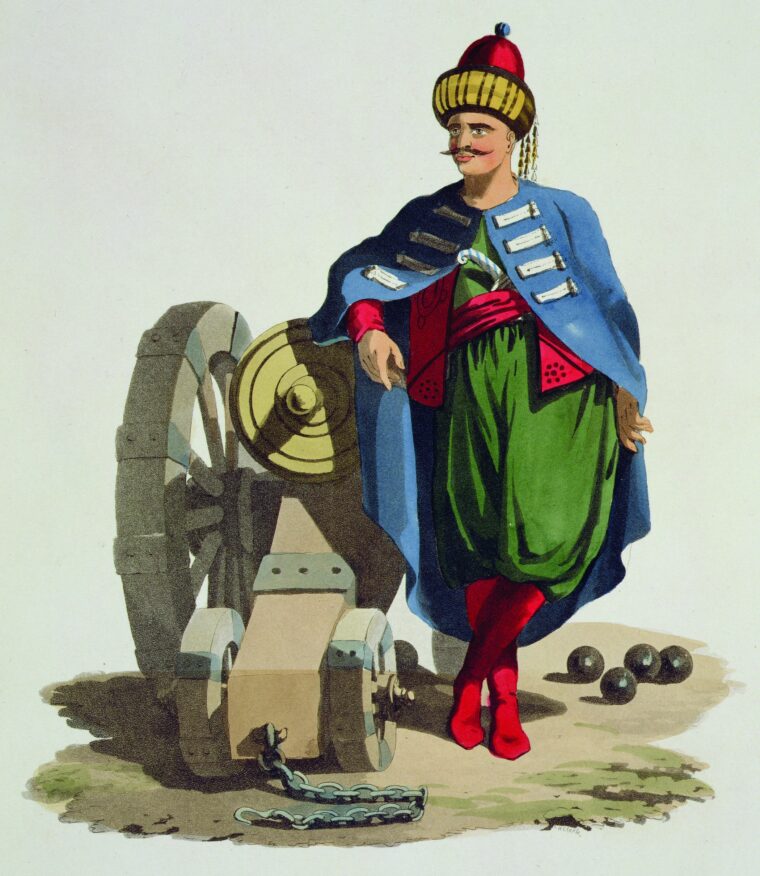
The Turks were also using this lull in fighting to build up their forces. Approximately 56,000 Turks under direct control of the grand vizier concentrated in the vicinity of Ruschuk. Another 20,000 Turks under commander Izmail-Bey arrived at Viddin by the middle of June. On June 22, Izmail-Bey made the first move. After crossing the Danube at Viddin, his forward elements advanced against the Russian outposts. Mullah-Pasha’s treachery resulted in fewer boats available to ferry Izmail-Bey’s troops across, slowing down the Ottoman progress. Meanwhile, Zass skillfully used the difficult terrain on the northern bank of the Danube to partially negate Izmail-Bey’s numerical superiority. The Ottoman forces were channeled into several narrow defiles among lakes and swamps that the Russians defended for almost eight hours. Unable to push back the stubborn Russian defenders, Izmail-Bey ordered his forces to cross back to the southern bank of the Danube.
After the action at Viddin, both sides once again settled into a two-month period of inactivity. Finally, constantly egged on by couriers from Constantinople, Akhmed-Bey ordered his forces to cross the Danube on August 28. The main body of the Turkish force, numbering 36,000 men, effected the crossing approximately two miles upriver from Ruschuk and immediately began to dig field fortifications. The other 20,000 Turks remained in their fortified camp on the southern bank of the river.
The opposing forces on the northern bank of the Danube were now practically equal in numbers. Scraping high and low, Kutuzov managed to assemble almost 37,000 men under his direct command. Both sides were frantically digging in and erecting field fortifications, a task at which both the Russians and the Turks traditionally excelled. The Turkish beachhead, with the Danube at its back, was surrounded on the other three sides by a strong chain of Russian redoubts. In turn, the Russian redoubts, built in a semicircle around the Turkish positions, were anchored on the Danube River.
On September 7 and again on the 30th, Izmail-Bey unsuccessfully attempted to overcome the Russian detachment facing Viddin and break into Kutuzov’s rear. Both times the Russian troops under Zass doggedly hung on to their positions, greeting all the Turkish attacks with a hail of grapeshot and musketry. After losing more than 3,000 men, Izmail-Bey finally gave up all attempts to force the Danube.
During the night of September 29, a detachment of 5,000 infantry, 2,500 cavalry and 38 guns left the Russian positions at Slobodzeya under strict discipline. The departing troops left behind their tents, still standing, to deceive the Turkish scouts. The 10-mile night march took them due west to the village of Petroshani and then two more miles south to the Danube River. On September 30, the small flotilla of ferries and boats met up with Markov’s troops to carry them to the south bank.
The river crossing was completed in less than a day on October 1. To speed up the process, only men and guns were loaded on the river craft, with the cavalrymen holding the reins of their horses as they swam alongside the boats. In fading daylight, the Russians pushed on toward Ruschuk. When they halted for the night, the Ottoman fortified camp was only three miles away. Miraculously, the Russian forces were still unnoticed by the Turks.
The Ottoman Field Army Destroyed
On the morning of October 2, the Ottoman camp awakened to the sound of Russian drums and pounding hooves. The Turks were taken by complete surprise. The Russian cavalry and infantry broke into the Turkish camp practically unopposed and began to deal out severe punishment. Not knowing that they outnumbered their attackers almost 3-to-1, the 20,000 Turks scattered, losing close to 2,000 men killed, wounded, and taken prisoner. The victorious Russians lost fewer than 50 men. The retreating Turks left behind 22 flags and banners, eight cannons, and a large wagon train full of gunpowder, lead, and foodstuffs. The southern portion of Ottoman army had been destroyed.
The 36,000 Turks now were completely surrounded in their beachhead on the northern side of the river as the Russian army began merciless bombardment of their encampment. The Russian Danube flotilla also joined the action, its large-caliber guns causing considerable damage to the Turks. The few Turkish guns that tried to fire back from the northern bank were quickly put out of action by superior Russian firepower.
The Turkish forces on the northern bank of the Danube relied on the flow of supplies from Ruschuk. With their supply base captured, and their food quickly gone, the Ottoman troops were forced to butcher and eat their horses. Hundreds of the Ottoman soldiers began dying of hunger. Small groups of Turks braved the Russian fire and tried to cross the river under cover of darkness. With the Russian gunboats in the water and the Cossacks patrolling both sides of the river, most of these desperate escape attempts ended in disaster.
Having securely locked up the larger portion of the Ottoman Army, Kutuzov turned his attention west toward Izmail-Bey. In a series of sharp engagements he drove the only remaining Turkish force away from the Viddin fortress. Under the unrelenting blows of the Russian army, the 20,000 men under Izmail-Bey scattered and were finished as a viable fighting force.
On November 14, the remaining Turks on the northern bank of the Danube laid down their arms and surrendered. Out of the 36,000 men who followed the grand vizier just a couple of months earlier, only 12,000 soldiers were still alive. Two-thirds of the Turkish force perished under the Russian guns or starved to death, while the Russians themselves lost less than 200 men. The Ottoman field army, fractured and destroyed piecemeal, ceased to exist.
The Bucharest Peace Treaty
The Turkish sultan, knowing the desire of Czar Alexander I to reach a peace settlement as soon as possible, held out for better terms for himself. Finally, on May 16, 1812, less than a month before Napoleon’s invasion, a peace treaty was signed between the Russian and Ottoman empires. Under the terms of the Bucharest Peace Treaty, Russia gained all of Bessarabia, and Turkey was obligated not to enter into any alliances with Napoleon. The Russian-Turkish border was established along the Pruth River up to its confluence with the Danube River.
The next year, in the culmination point of his career, Kutuzov oversaw the destruction and expulsion of Napoleon’s Grand Army from Russia. The one-eyed warrior did not live to see Napoleon’s downfall, however. Weakened by exhaustion and pneumonia, the aging general died in April 1813 in Poland. He was buried at St. Petersburg. Beloved by the rank-and-file Russian soldiers and respected by posterity, Kutuzov still occupies a well-earned place on the illustrious roll of Russian commanders.
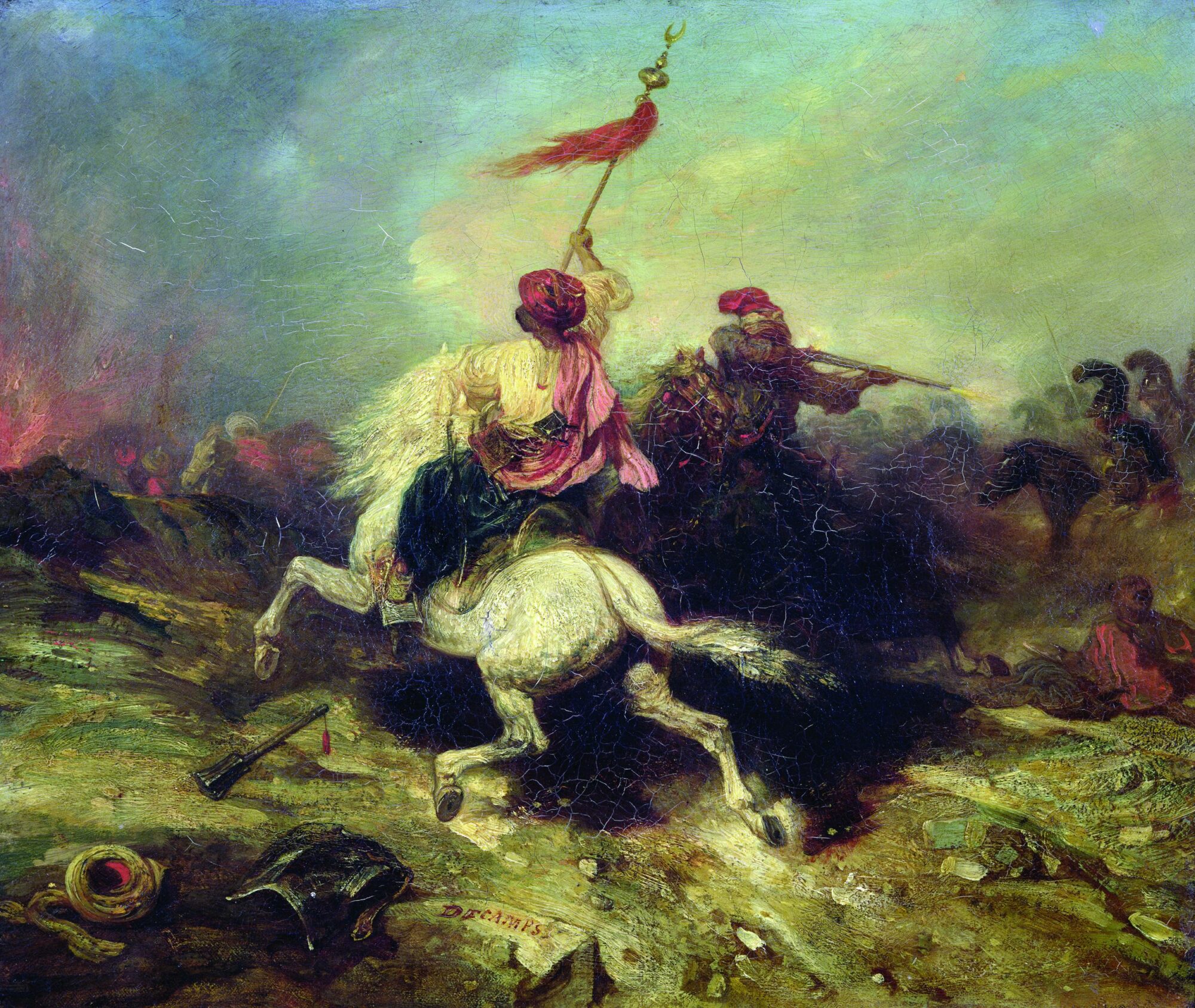
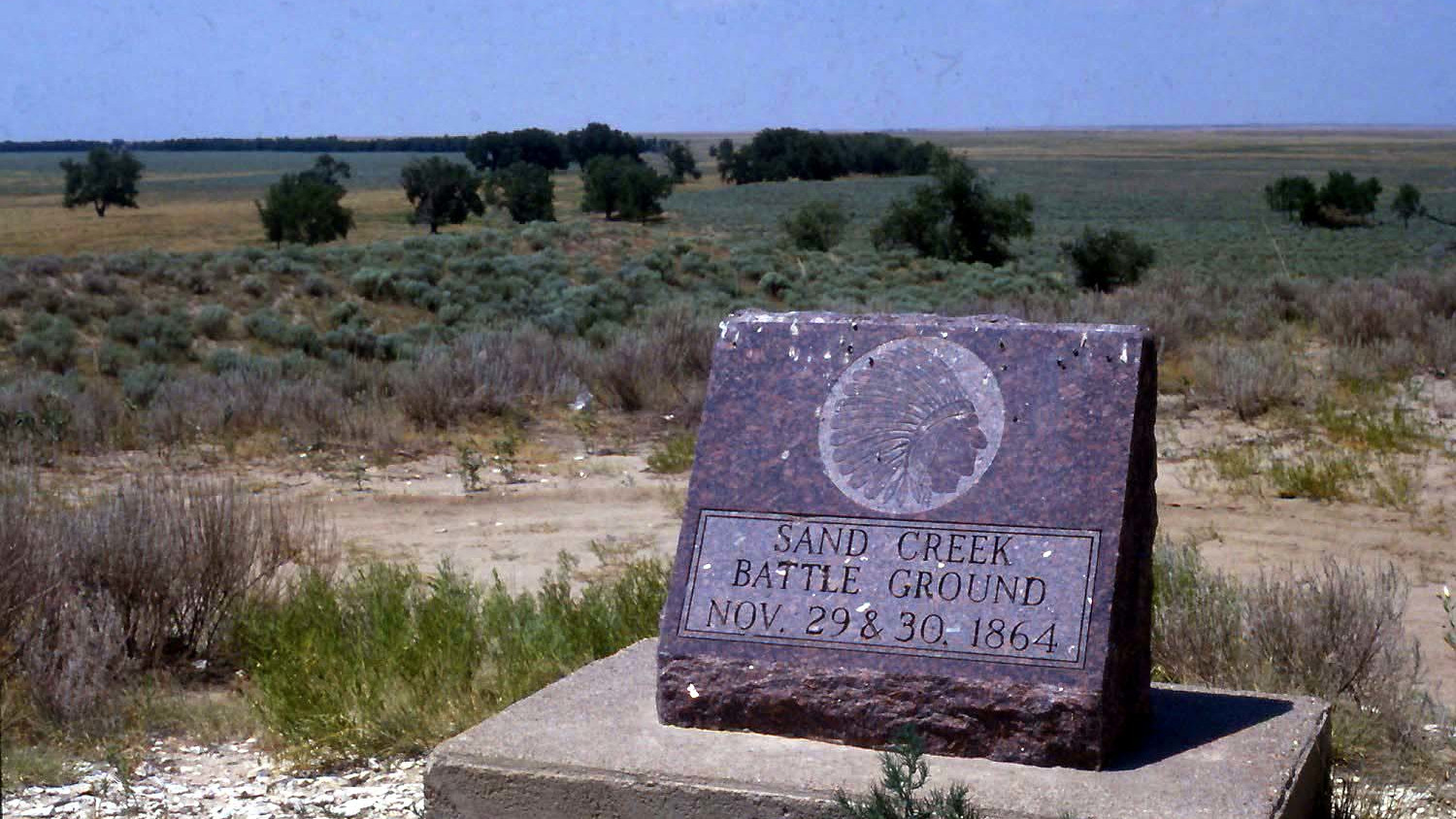
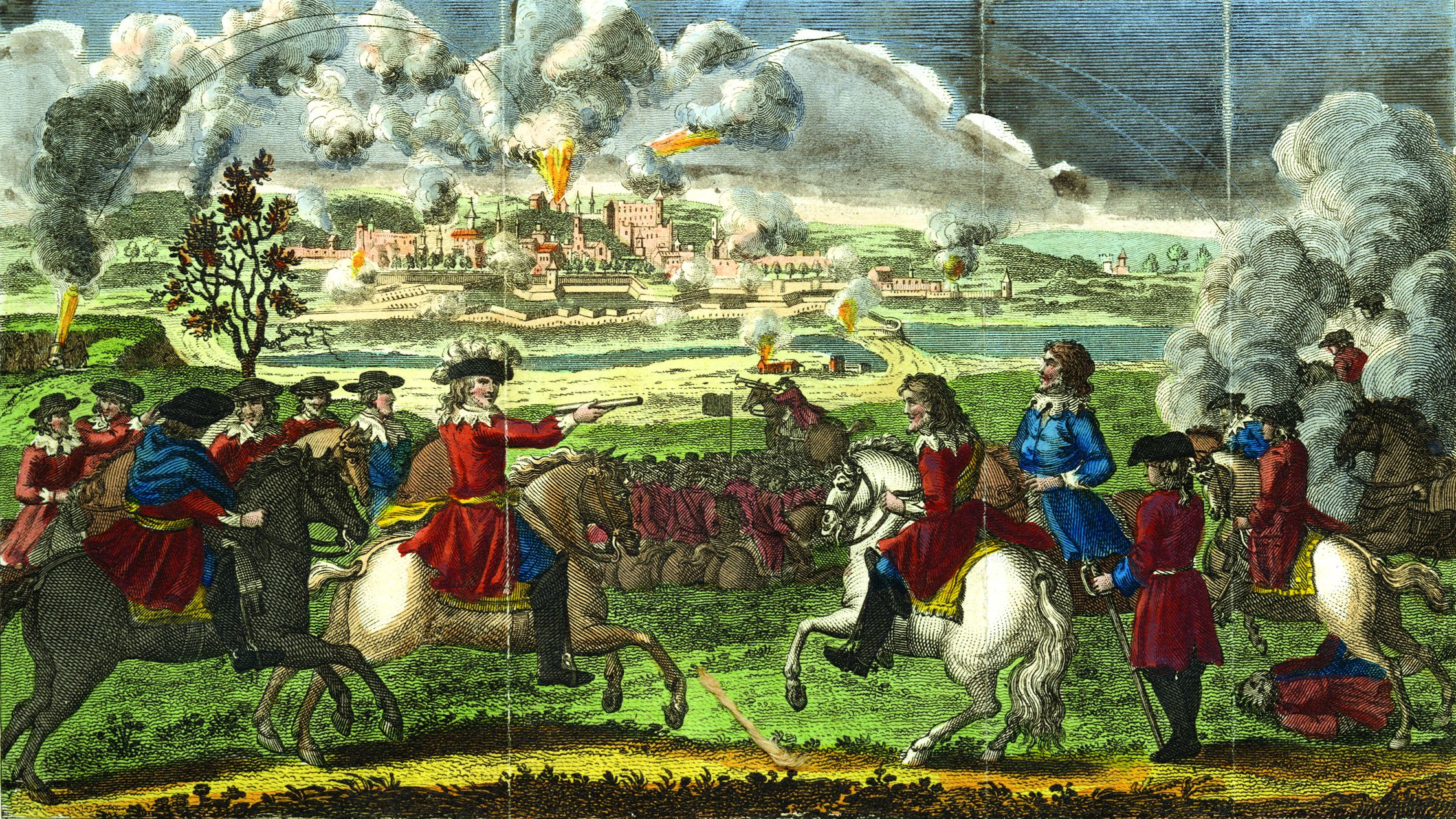
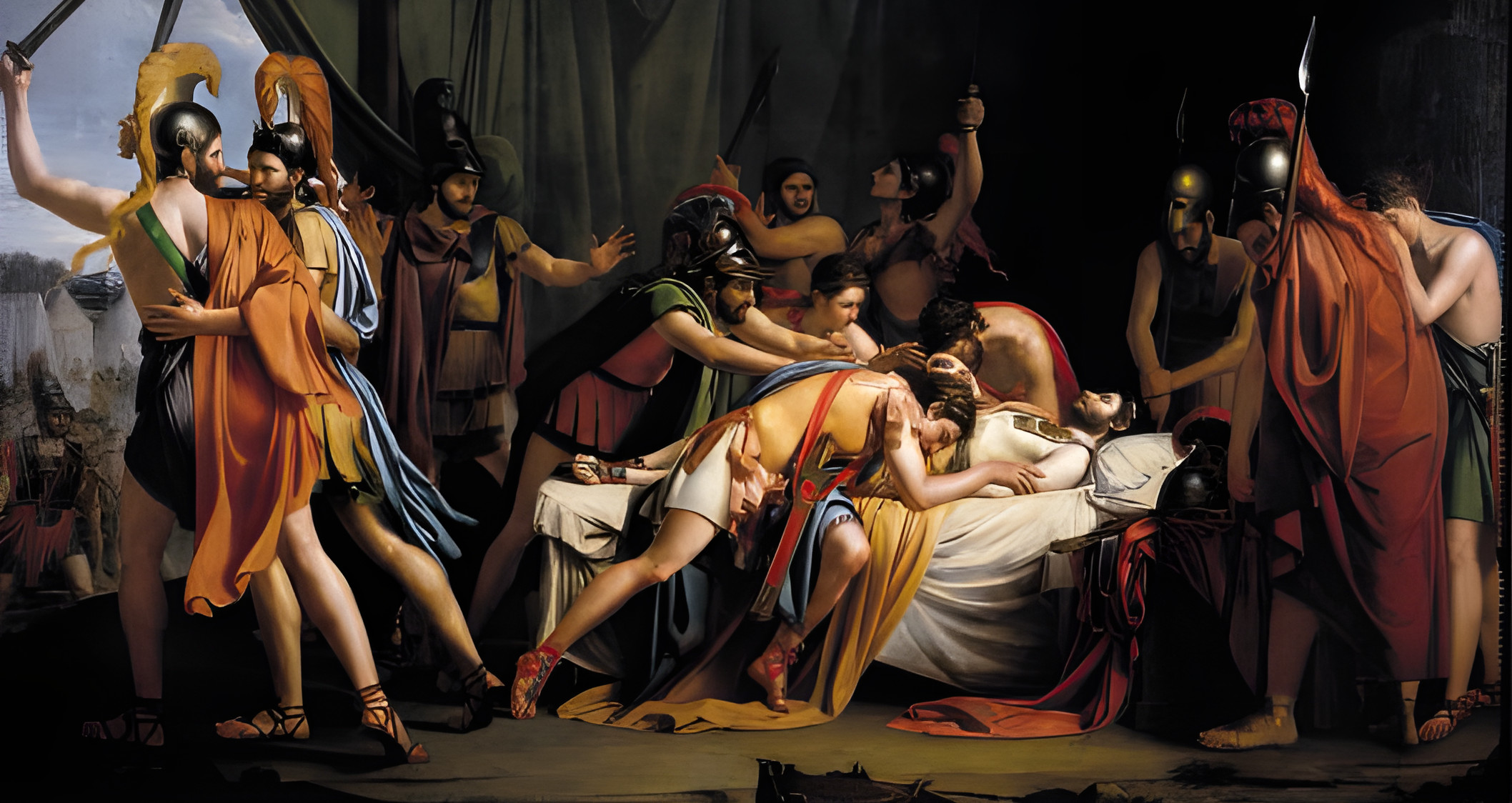
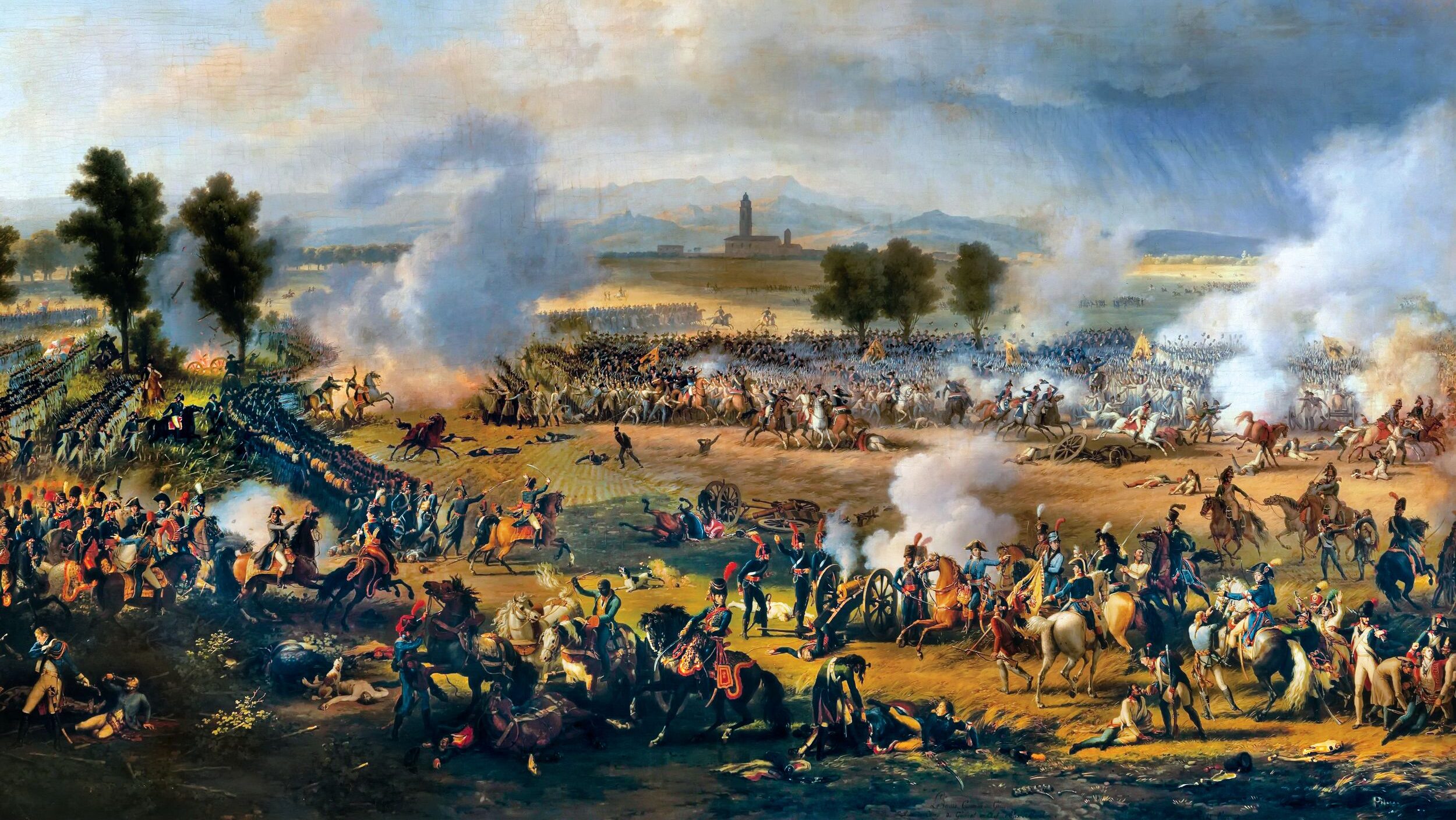
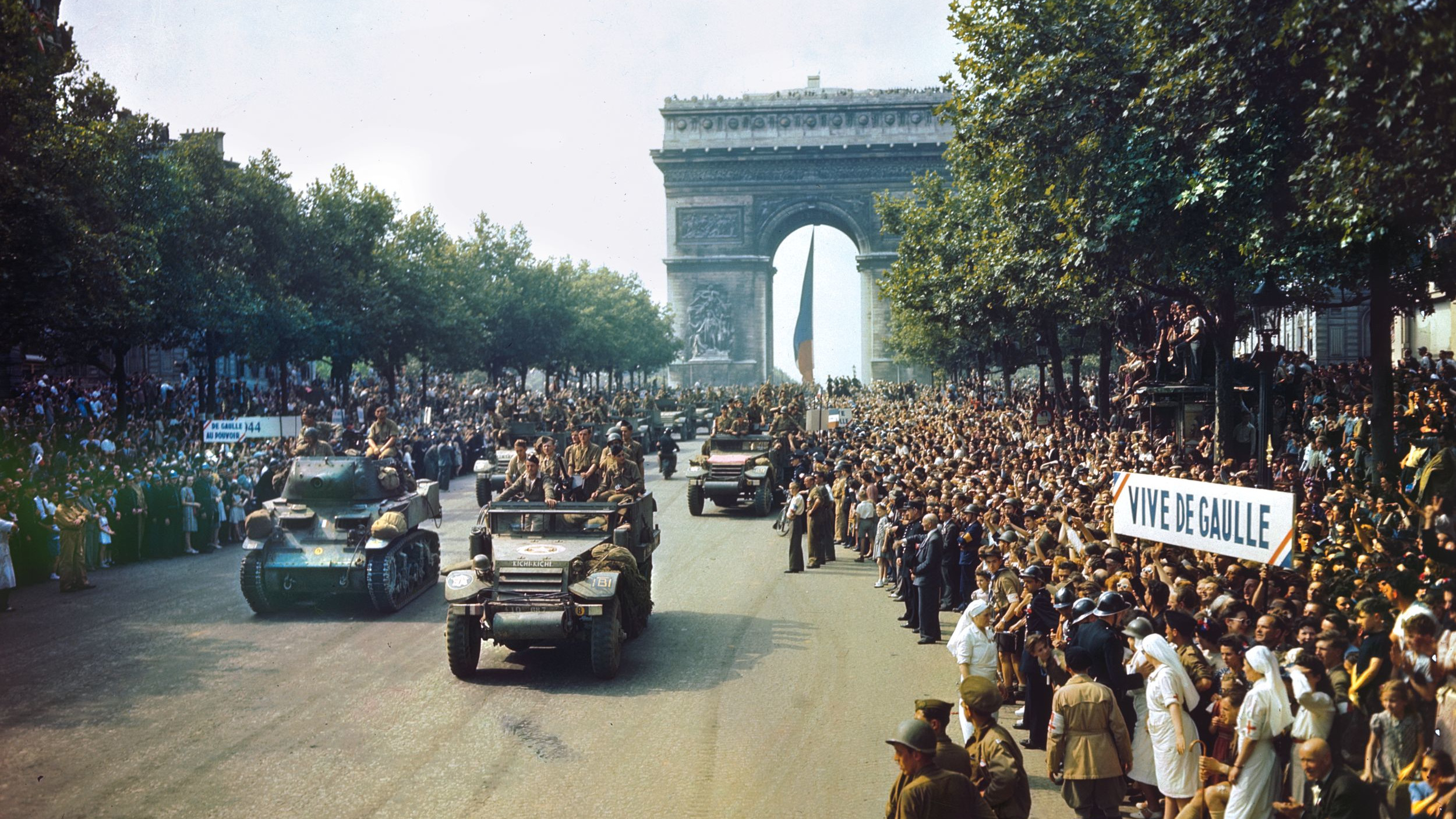
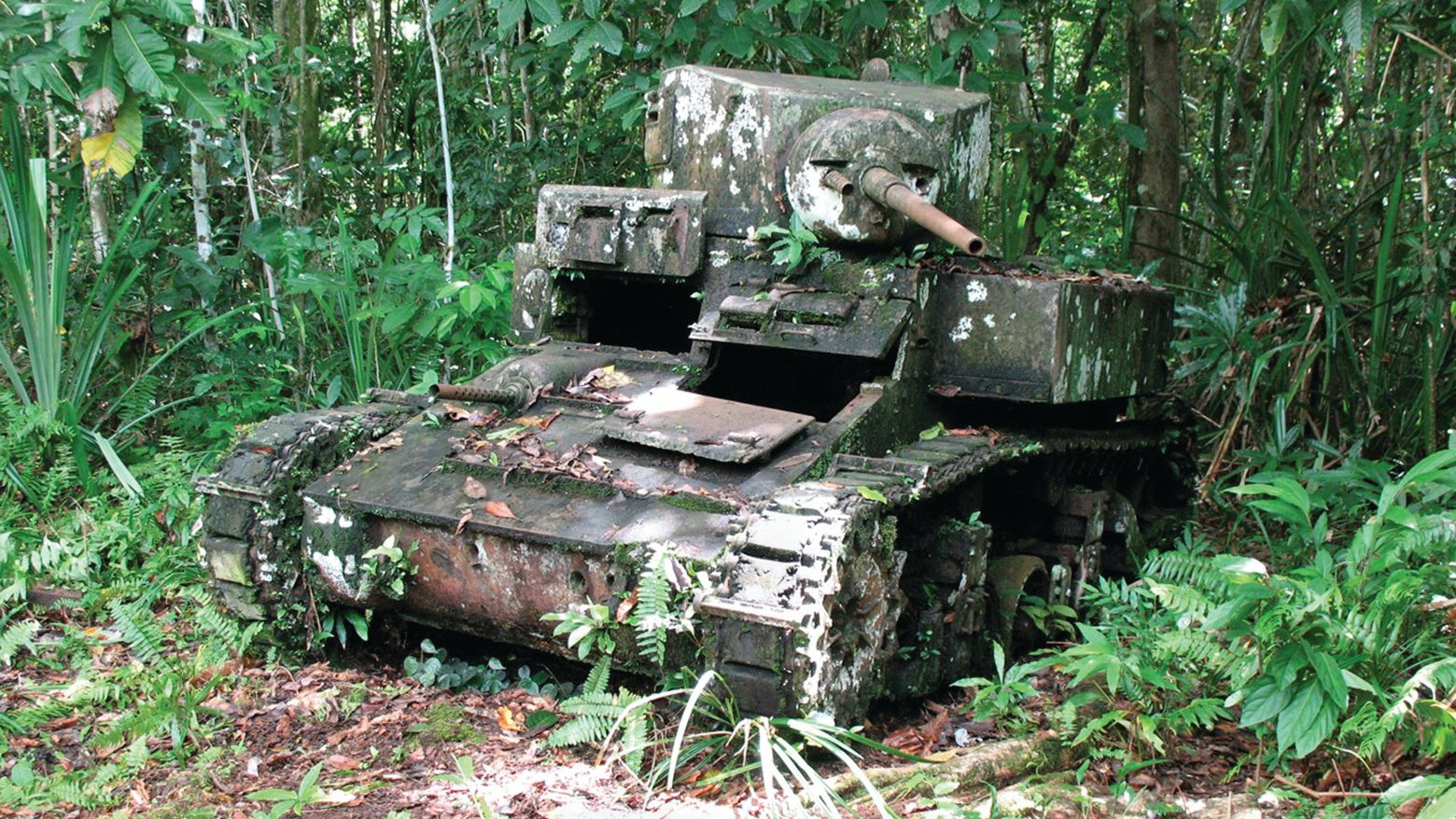
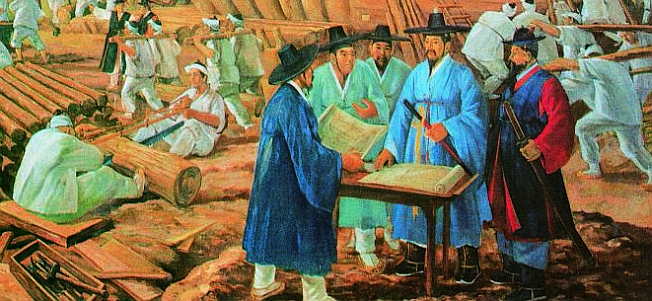
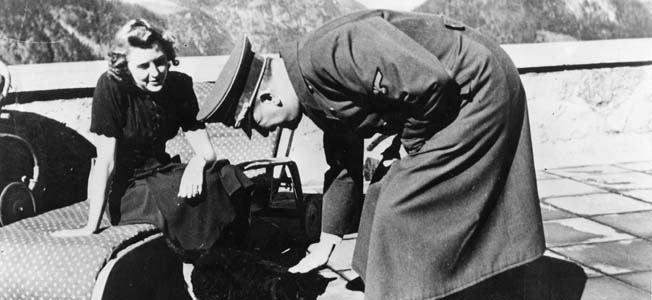
Join The Conversation
Comments
View All Comments